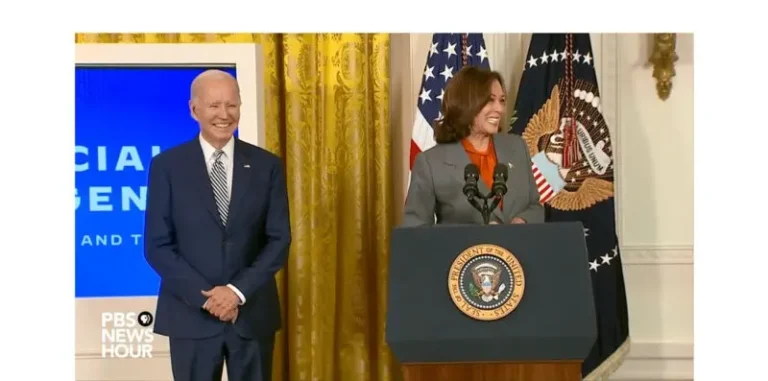5 Employee Culture Ideas You’ll Want to Start Now
Saying there’s a problem, like the crew of Apollo 13, is the first step toward increasing employee retention
As many as 44% of your coworkers are looking for a new job.
Houston, we have a problem. It’s not a life-or-death crisis, like the ill-fated space mission of Apollo 13, but the grinding headache of employee turnover. More people leaving increases the cost of recruiting and training their replacements while diminishing the morale and productivity of those who stay.
In addition to the 44% who are actively searching the job market, another 9% are open to leaving, according to survey of nearly 10,000 people by Willis Towers Watson, an insurance brokerage and consulting firm. While increased pay is a key goal for making a change, other factors come into play.
Are you giving your coworkers reasons to stay?
The crew of the crippled spacecraft faced problems with no known solution. But for specialists in internal communications, here’s a five-point checklist of ways to engage employees with your organization’s culture:
1. Reboarding. Those hired during the pandemic and those adapting to a hybrid work schedule could all use a refresher on the company culture. Package a toolkit for employees. Include quick highlights on the company, a video message from the CEO, information on employee affinity groups, a bit about the company’s history and where it’s headed. Pair these materials with live events such as Lunch n’ Learns or Coffee & Conversations that employees can join in-person or virtually.
2. Appoint ambassadors. Employees are culture carriers. Take advantage by creating a formal ambassador program (Give it a name!) and expectations on participation and content creation. Asking your ambassadors for content helps make the positions feel exclusive. But don’t make the submission form too demanding. It could be as simple as: What corporate value resonates with you the most?
Announce the ambassadors with fanfare through featured newsletter articles or an email to leaders. Don’t forget to return the favor. Schedule quarterly professional development training for ambassadors on topics like photography with a smartphone, presentation skills or how to build influence within an organization. Switch up your ambassadors yearly so the opportunity is available to the many, not the few.
3. Structure mentoring opportunities. There hasn’t been much time for personal development over the last couple of years. Employees are yearning for deeper relationships with peers and leaders. Mentorship programs can be formal programs built into performance reviews and succession plans. Or they can be casual offerings, where you provide some structure and invite people to sign up to be a mentee or mentor. The informal option can involve less work and allow more employees to participate.
Once you have your participants, send out basic information, such as suggested meeting frequency, topics to discuss, and the program’s duration. Organize a social gathering of participants to mark the end of the program (and to gather valuable story ideas).
4. Build teams across departments. Set up small work groups with employees from different departments or teams to foster personal connections and cooperation. These groups can focus on learning about a particular subject or tackling an organizational issue. Set clear objectives, a regular meeting time and schedule over 6-12 weeks.
Make sure the groups are blended with employees not just from different departments, but with varying tenures and diverse demographics for a more dynamic experience. Use moderators to encourage lively interaction. Use asynchronous channels such as Slack to keep the momentum going between meetings. Getting manager buy-in for participation should be encouraged (if not required).
5. Encourage networking. Give employees regular chances to get to know one another through speed networking events, employee interest groups and Happy Hours. These should be casual, non-scripted occasions that allow participants to move the conversations as they desire. Your team just needs to set up the physical or virtual space for the events. One option: Ask your employee ambassadors to host.
Rebecca Shaffer was the managing partner of Ragan Consulting Group.
Contact our client team to learn more about how we can help you with your communications. Follow RCG on LinkedIn and subscribe to our weekly newsletter here.







